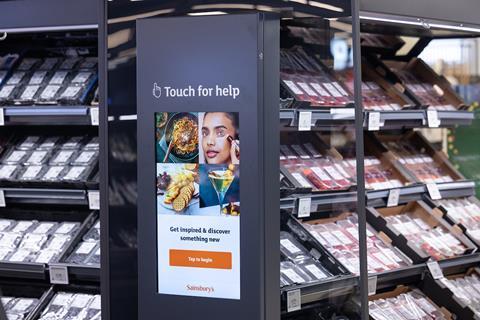
There is no doubt the most dynamic shift for grocery retailers in the past decade has been the establishment of the retail media ‘product’.
This has seen an inversion of the buyer-seller roles as retailers compete to establish a brand identity for their version of retail media. The rewards are high for retailers who can double their commercial income from suppliers, and do so with suppliers’ full approval as retail media’s hyper-targeting makes campaigns more efficient at building penetration than their alternatives.
There is no doubt that some retail media products are better than others. And now it’s the retailers’ job to sell their brand of retail media to suppliers – who have, in turn, become the buyers. With all that given, retailers are still not making a great fist of it, primarily because they have not tailored their version of retail media to the needs of the suppliers.
Retail media isn’t working
Retail media is a communication route direct to the shopper. Many aspects are, therefore, equivalent to the advertising spend of brand marketeers – so retailers are now in competition for those advertising and promotional budgets.
With the exception of Tesco, one fundamental mistake retailers make is to include retail media as part of a sales annual plan negotiation, so they are often persuading and negotiating with the wrong team.
This approach also stretches plans over a year, creating a barrier to repeat because evaluation and negotiation are delayed. During that 12 months it would be possible to have at least four cycles if they treated retail media campaigns separate to an annual plan.
Retailers are also unhelpfully forcing together brand-building touchpoints, like targeted VOD, into big retail media buckets with ‘conversion’ touchpoints which are true sales activation and should be a sales lever.
Perhaps the worst example of this is sponsored search, which is the dotcom equivalent of a gondola end and thus the very opposite of brand awareness advertising. It should be sold by retailers as an annual business plan investment, but inflexible algorithms and bidding platforms prevent commercial teams from trading such dotcom visibility. On this one, perhaps Ocado is the exception.
The retail media sell
With more shoppers and sophisticated harvesting systems, Tesco data is the most robust and, aside from those unhelpful retail media buckets, its approach with suppliers is best.
Tesco’s success comes because it ‘sells’ campaigns to suppliers outside their annual plan, working alongside them, refining their objectives and identifying which shoppers should be targeted to help achieve them. It can then select the retail media inventory items which will trigger those conversions in a campaign.
This may all sound labour-intensive and costly, but it precisely mirrors the supplier process and wins outright on cost per conversion.
Other retailers are way behind and find it harder to cut through, offering retail media-packaged mass-marketing blankets which are not much better targeted than TV.
To accelerate their retail media income growth and establish the ‘retail media brand’ reputation to attract investment, retailers need to understand their suppliers’ goals and segment their levers accordingly. Then demonstrate cost-effectiveness targeting and correctly apply the annual plan.
Or, in other words: learn to sell.
David Sables, CEO of Sentinel Management Consultants

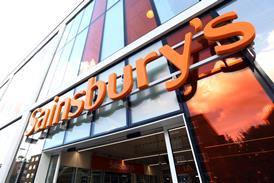
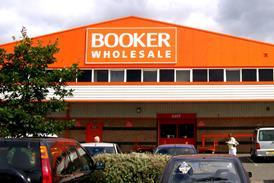

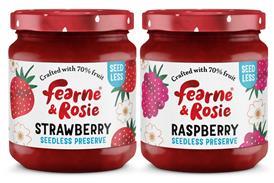


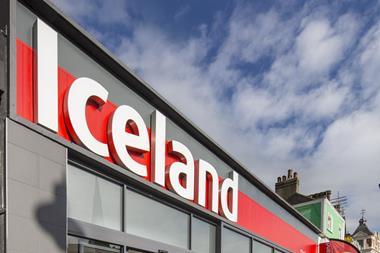
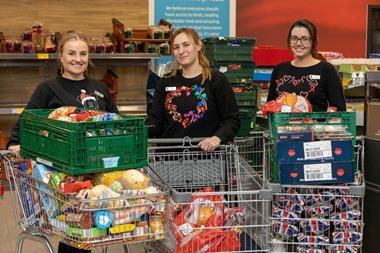






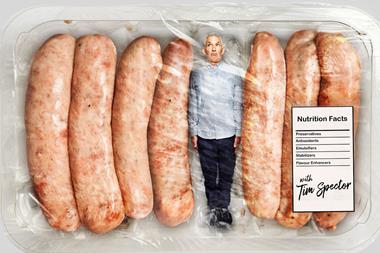



No comments yet